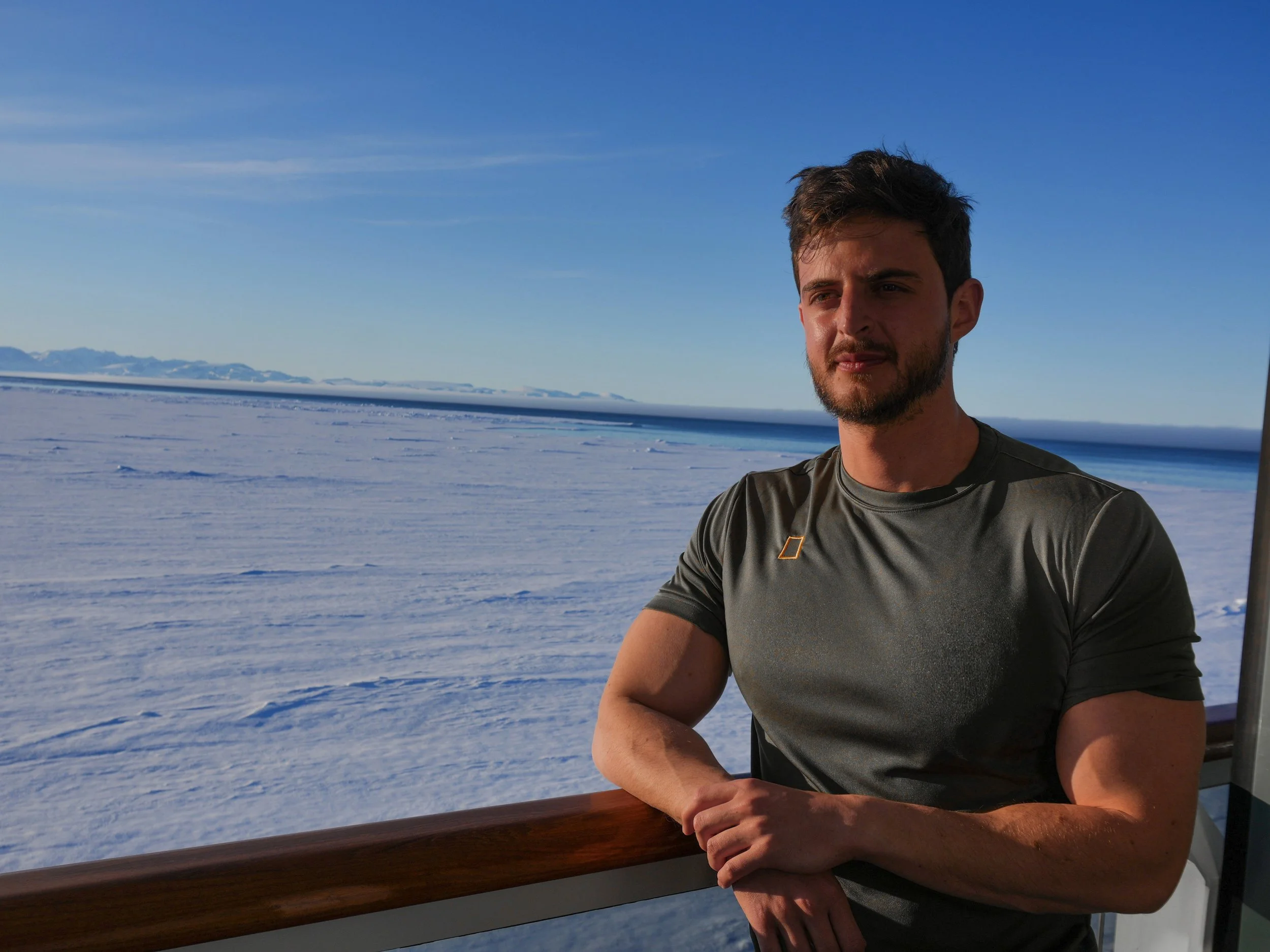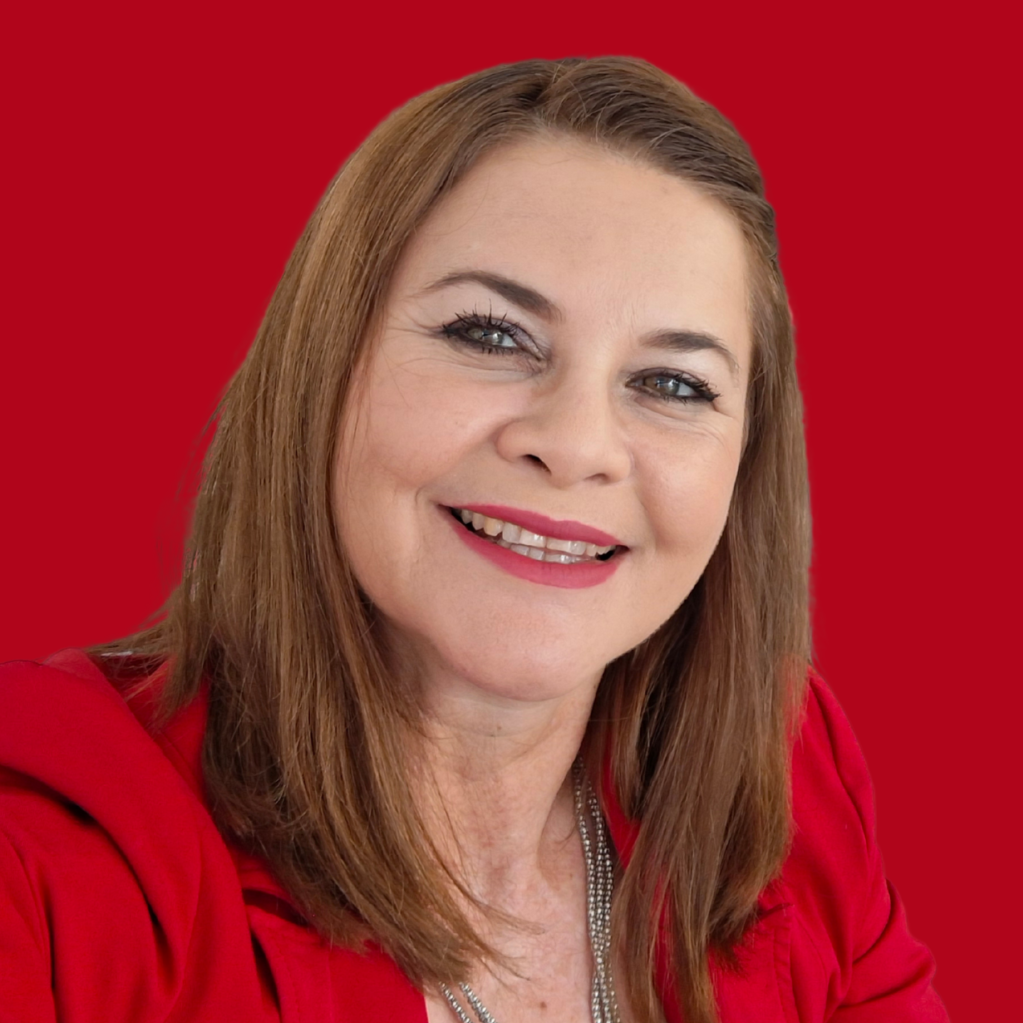
Photo: Jan Vozenilek
Research Area # 2
Biodesign education
Biodiseño en Colegios is the name of the biodesign methodology developed by Giovanna Danies Turano. It will be taught to local teachers and will guide our educational interventions.
Building the skills and capacities of local youth to address a changing climate, starting with Sargassum
Our project's educational and communication components are transversal to all research components (Tracking, Air Quality & Health, and Market Analysis). The objective of this workstream is twofold. On the one hand, it seeks to empower our allied community’s youth and support them in the development of critical problem-solving skills that will enable them to become conservation leaders in their community, better prepared to face the socio-environmental challenges to come -and that they are already facing- due to changing weather and land use.
On the other hand, this component seeks to translate all our research products into actionable initiatives that serve the community’s needs and future development strategies. Thus, this component will also carry out several knowledge transfer activities with the broader community to ensure the uptake of the project’s results. After all, no conservation or climate change mitigation project is successful without an empowered and informed community with the tools to continue working after the project ends.
Maycira Costa presenting the SargaSTREAM project during an open public event at the “Ecobiblioteca” in Salinopolis.
Photo: Juliana Guerreiro
Sargassum Biodesign Education in Local Middleschools
Although primarily focused on Sargassum, the most crucial objective of our educational intervention is the development of key skills in learners to address the socio-environmental challenges their communities face due to the changing climate and changes in land use. Planned with local leaders to implement a methodology that supports the development of these skills while focusing on the pressing Sargassum issue, we will bring Biodesign methodologies to allied communities Inspired by the ample success in Colombia, the “Biodiseno in Colegios” methodology provides tools inspired by the “Design Thinking” approach to stimulate curiosity and awaken interest in STEM as a means of addressing environmental challenges, starting with massive Sargassum landings.
Our approach starts with training Local leaders and teachers in the methodology and Sargassum biology, ecology, challenges, and opportunities. This ensures the longevity of the approach and enables new generations of learners to participate. With a well-established and trained group, we will proceed with the collaborative creation of didactic Sargassum guides for learners to learn about its use. Once acquainted with the problem, learners are exposed to the biodesign methodology, going through the four stages of Design Thinking:” Empathize, Define, Ideate, Prototype, Test, and Implement.” Focused on approaching the Sargassum problem through this lens, we will invite experts (both within and outside our team) to help learners develop their solutions. Finally, we will encourage learners to participate in the “Biodesign Challenge.”
Santiago Ramirez Said, presenting the SargaSTREAM project in an open public event in Mahahual
Photo: Maycira Costa
Research Output Knowledge Transfer
Several workshops, pamphlets, an immersive exposition, and a didactic game will be developed to ensure that knowledge and results from all research workstreams are effectively transferred to our allied communities. These outputs will be collectively planned with the communities and implemented in 2027-2028, when most research outputs are advanced. Stay tuned for updates on these materials!
Biodesign Education and Youth Empowerement Team










